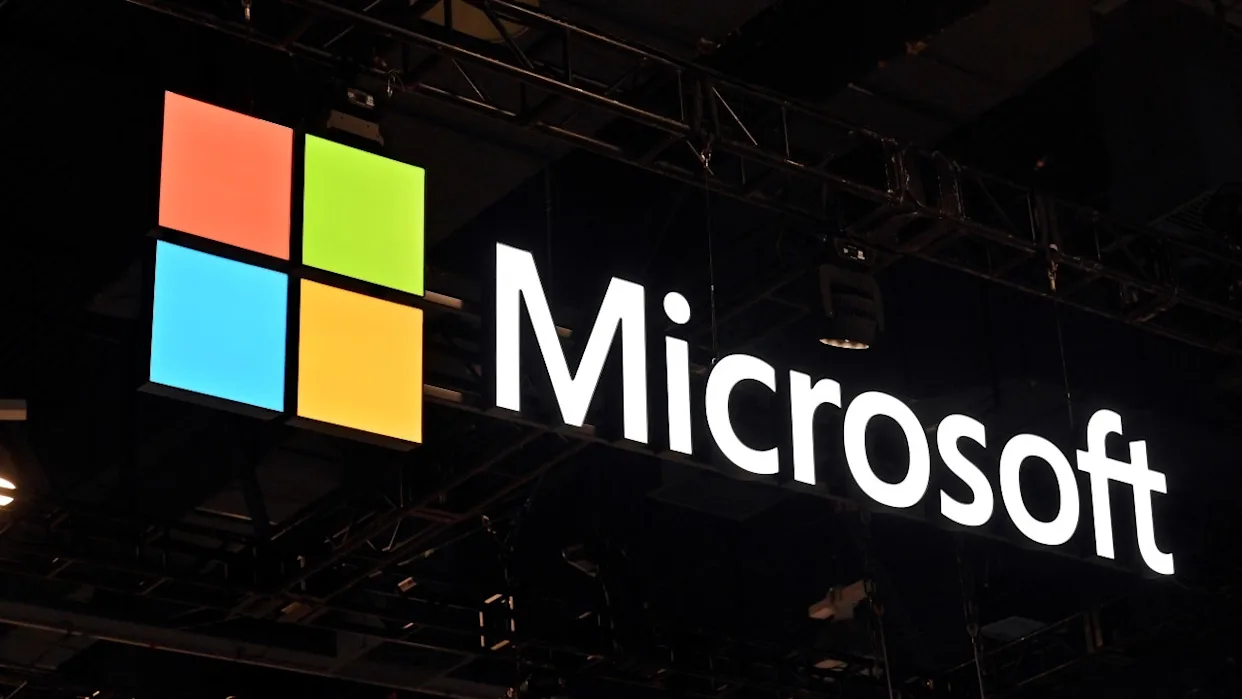In a rare move, Microsoft has issued an out-of-band emergency security update for Windows Server systems after identifying a critical vulnerability that is already being exploited in the wild. The company is urging all organisations to act immediately — and the stakes couldn’t be higher.
What’s going on
A remote-code-execution vulnerability in the Windows Server Update Services (WSUS) component — which many enterprise systems use to manage and deploy updates — has been assigned the identifier CVE-2025-59287 and classified with a severity rating as high as 9.8 out of 10. Technically, the flaw stems from an insecure deserialization of untrusted data when the WSUS role is enabled. Attackers who successfully exploit the bug can gain SYSTEM-level privileges, effectively taking full control of a compromised server.
Microsoft originally provided a patch during the routine October security updates, but further analysis revealed the fix was incomplete. In response to proof-of-concept code being published and instances of actual exploitation being detected, Microsoft issued a second patch outside its normal update schedule — the hallmark of an emergency response.
Why this is urgent
- The vulnerability affects supported Windows Server versions from 2012 through to the latest, provided the WSUS Server Role is enabled — a configuration still used in many corporate environments.
- Exploitation activity has already been observed. Security researchers reported public proof-of-concept exploits, and early intrusions that leveraged exposed WSUS services on default ports (8530 and 8531) have been documented.
- Because WSUS is designed to push updates to client machines, a compromised WSUS server becomes a powerful beach-head: attackers can distribute malicious updates to many systems downstream.
- Given the critical nature of the flaw and the fact that attacks are underway, mitigation is less of a choice and more of a necessity — delaying the update increases risk substantially.
What Microsoft and Others Recommend
Microsoft’s advisory emphasises rapid installation of the updated patch. For organisations unable to apply the patch immediately, Microsoft recommends two mitigations: temporarily disable the WSUS Server Role (if enabled) or at minimum block inbound traffic on ports 8530 and 8531 at the firewall level. It is also advised to reboot the affected servers after installing the update to ensure full effect.
Many managed-security providers are echoing the urgency, noting that exposed or unpatched WSUS servers should be treated as immediately at risk of compromise. Organisations are also being advised to monitor for signs of unusual outbound traffic, elevated processes on WSUS hosts, or unexpected update behaviour.
In parallel, U.S. federal cyber-security agencies have added this vulnerability to their list of “Known Exploited Vulnerabilities,” signalling that all federal agencies must remediate it promptly — a strong indicator of its severity and scope.
The Bigger Picture: Why This Happens
This incident highlights a few important themes in enterprise security today:
- Legacy infrastructure risk: While WSUS has long been a standard part of many IT environments, its continued use, especially when exposed externally or not tightly configured, remains a weak point.
- Supply-chain‐style risk within IT operations: WSUS servers often hold privileged access to large fleets of machines, so a flaw in management infrastructure becomes a multiplier of risk.
- The gap between scheduled and emergency patching: Microsoft issues regular updates on its Patch Tuesday schedule, but truly critical issues that are actively exploited demand out-of-band fixes. That means organisations must be ready for “off-cycle” events.
- The speed of adversaries: Once a vulnerability becomes public and proof-of-concept code is available, threat actors rapidly pivot to active campaigns. That compresses the time organisations have to respond — from weeks to hours.
Implications for Businesses and Users
For large organisations and small ones alike, the message is clear: this is not a drill. Any server configured with WSUS and exposed on default management ports is potentially at risk of remote takeover. Cyber-insurance panels, board-level oversight and IT operations teams must now respond cohesively.
Businesses that delay applying the patch or do not isolate exposed services may find themselves facing not just remote code execution, but deeper intrusion, lateral movement, data exfiltration, ransomware deployment and regulatory liability.
From a strategic perspective, this event may prompt many organisations to revisit how they deploy internal update-management infrastructure. Some may decide to reduce external exposure of WSUS, segment management networks more strictly, or migrate to cloud-based update solutions — thereby reducing the “blast radius” of such a flaw.
What to Watch Next
- Whether evidence of large-scale compromise via this vulnerability emerges in coming days or weeks (e.g., ransomware incidents traced to WSUS exploitation).
- How many organisations were caught vulnerable, based on scanning data for exposed WSUS servers.
- Whether Microsoft will release further guidance, forensic tools, or mitigation scripts to assist organisations that cannot immediately apply the update.
- Whether this incident will lead to broader scrutiny of WSUS and similar update-management systems in enterprise environments.
Final Word
In the landscape of cybersecurity threats, this vulnerability is a potent reminder that attack surfaces often lie in management and infrastructure tooling — not just in end-user devices or well-publicised applications. With attacks already underway, the time for deliberation has ended. Organisations must patch, isolate or shut down vulnerable update-services now to prevent what may become widespread compromise. Failure to do so may lead to a costly and avoidable breach.
















Leave a Reply